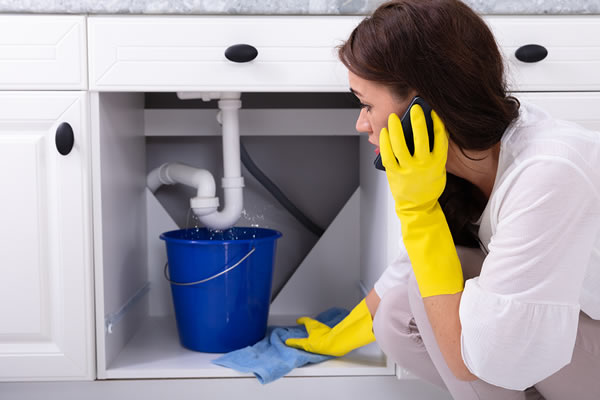Overview To Water Leak Detection At Home
Overview To Water Leak Detection At Home
Blog Article
Here in the next paragraph you will find lots of very good resources pertaining to Finding hidden leaks.

Early discovery of leaking water lines can mitigate a prospective catastrophe. Besides conserving you money, it will reduce the irritation and aggravation. The moment you locate a leakage, calling your plumber for repair services is the very best solution. Nonetheless, some little water leaks might not be visible. If you can not identify it with your naked eyes, here are some hacks that assist.
1. Take A Look At the Water Meter
Every house has a water meter. Inspecting it is a guaranteed way that helps you discover leakages. For beginners, turn off all the water sources. Make sure no person will purge, make use of the tap, shower, run the washing machine or dishwashing machine. From there, most likely to the meter and also watch if it will certainly transform. Given that no one is using it, there ought to be no motions. If it moves, that suggests a fast-moving leakage. If you find no adjustments, wait an hour or 2 and also examine back again. This implies you may have a sluggish leakage that can also be below ground.
2. Examine Water Consumption
If you find abrupt modifications, regardless of your intake being the same, it indicates that you have leakages in your plumbing system. A sudden spike in your costs shows a fast-moving leak.
Meanwhile, a stable rise every month, despite having the exact same habits, shows you have a sluggish leak that's additionally gradually rising. Call a plumber to extensively check your residential property, particularly if you feel a cozy area on your floor with piping below.
3. Do a Food Coloring Test
When it concerns water consumption, 30% comes from commodes. Test to see if they are running effectively. Decrease flecks of food color in the storage tank and also wait 10 minutes. There's a leak in between the container and bowl if the color somehow infiltrates your dish throughout that time without flushing.
4. Asses Exterior Lines
Don't neglect to check your exterior water lines too. Needs to water seep out of the link, you have a loosened rubber gasket. One tiny leakage can waste tons of water as well as spike your water expense.
5. Assess the situation as well as evaluate
Homeowners need to make it a habit to check under the sink counters and even inside cupboards for any bad odor or mold and mildew growth. These 2 warnings indicate a leakage so prompt interest is called for. Doing routine examinations, even bi-annually, can conserve you from a significant issue.
Examine for discolorations and also compromising as most devices as well as pipelines have a life expectancy. If you presume dripping water lines in your plumbing system, do not wait for it to escalate.
Early discovery of dripping water lines can mitigate a prospective calamity. Some little water leaks may not be noticeable. Examining it is a proven means that assists you find leaks. One tiny leak can waste loads of water and spike your water costs.
If you think dripping water lines in your plumbing system, don't wait for it to intensify.
WARNING SIGNS OF WATER LEAKAGE BEHIND THE WALL
PERSISTENT MUSTY ODORS
As water slowly drips from a leaky pipe inside the wall, flooring and sheetrock stay damp and develop an odor similar to wet cardboard. It generates a musty smell that can help you find hidden leaks.
MOLD IN UNUSUAL AREAS
Mold usually grows in wet areas like kitchens, baths and laundry rooms. If you spot the stuff on walls or baseboards in other rooms of the house, it’s a good indicator of undetected water leaks.
STAINS THAT GROW
When mold thrives around a leaky pipe, it sometimes takes hold on the inside surface of the affected wall. A growing stain on otherwise clean sheetrock is often your sign of a hidden plumbing problem.
PEELING OR BUBBLING WALLPAPER / PAINT
This clue is easy to miss in rooms that don’t get much use. When you see wallpaper separating along seams or paint bubbling or flaking off the wall, blame sheetrock that stays wet because of an undetected leak.
BUCKLED CEILINGS AND STAINED FLOORS
If ceilings or floors in bathrooms, kitchens or laundry areas develop structural problems, don’t rule out constant damp inside the walls. Wet sheetrock can affect adjacent framing, flooring and ceilings.
https://www.servicemasterbyzaba.com/blog/how-to-detect-water-leakage-in-walls/

As a serious person who reads about Hacks to detect leaks, I figured sharing that excerpt was worthwhile. Remember to set aside a second to share this article if you enjoyed reading it. Many thanks for your time spent reading it.
Report this page